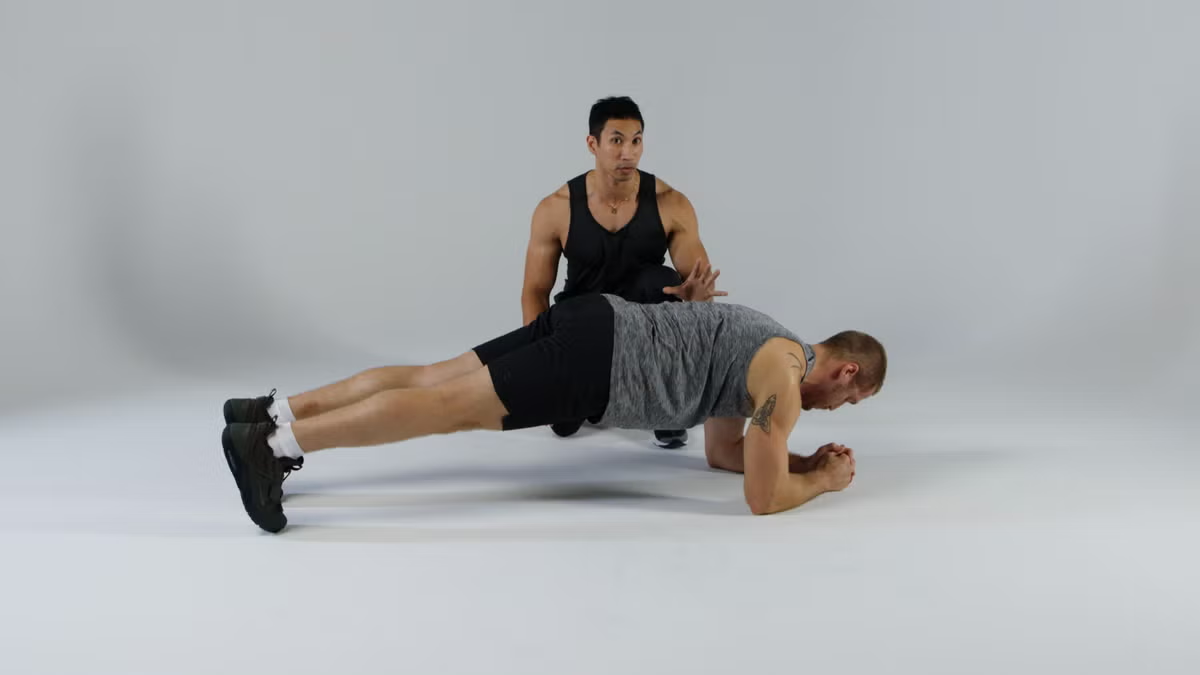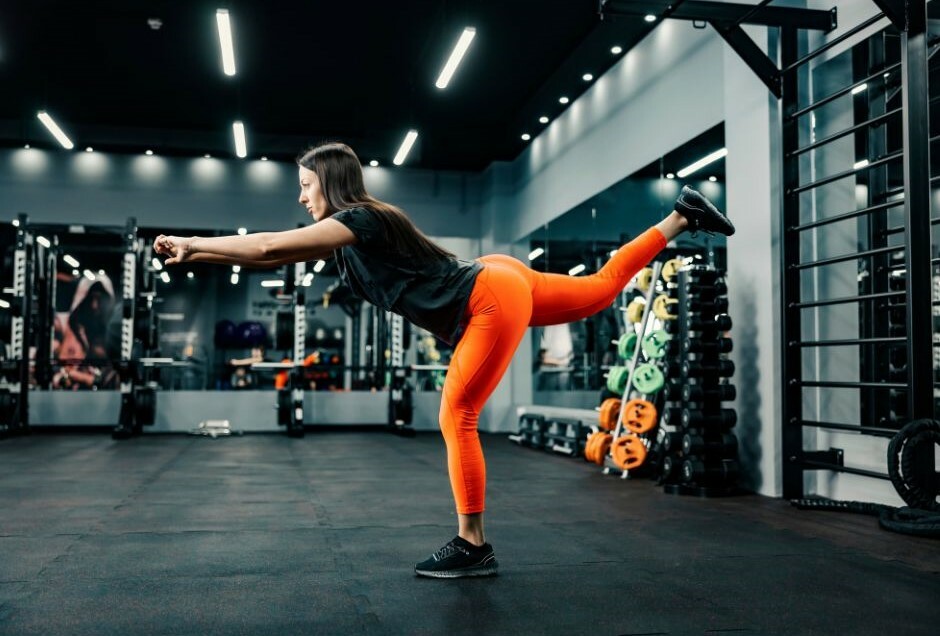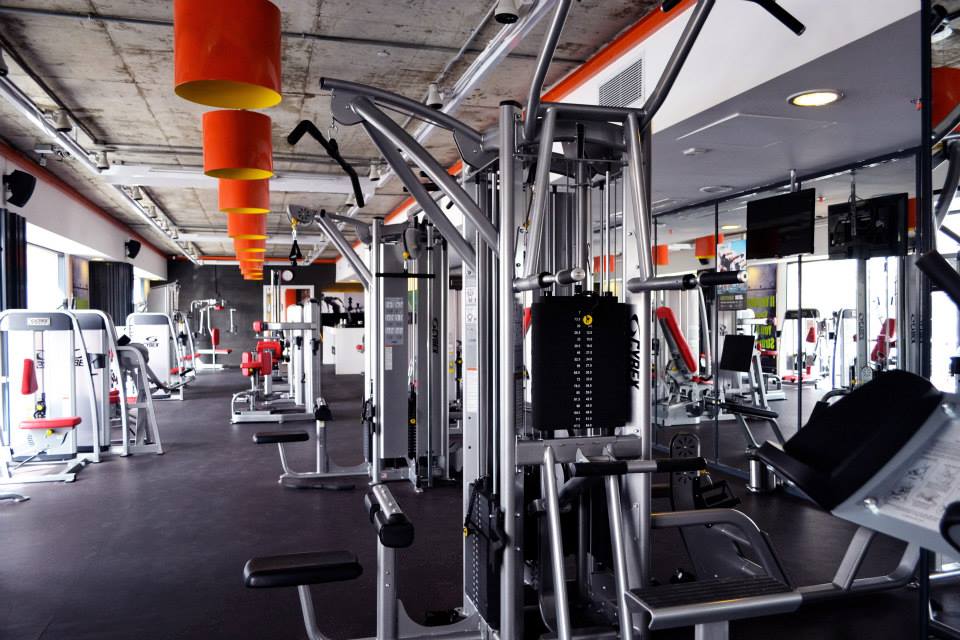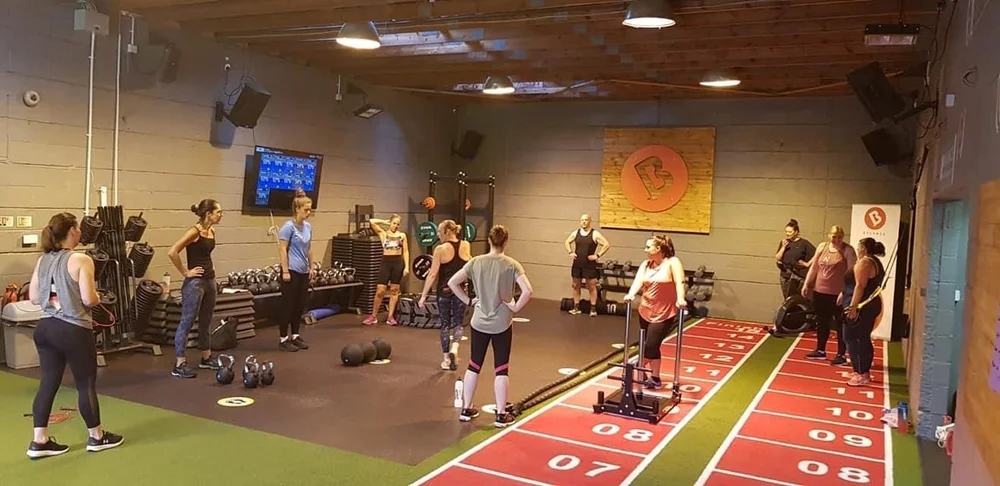Hey there, picture this: You’re midway through a trail run, feet pounding uneven dirt, when suddenly your ankle rolls just a tad. Heart races, but you catch yourself—barely. That split-second save? That’s balance at work, the unsung hero keeping you upright when life throws curveballs. I’ve been there more times than I’d like to admit, especially back in my early twenties when I thought invincible meant skipping warm-ups. Fast forward to now, after years of tweaking workouts and chatting with trainers, I’ve learned balance isn’t just for yogis or grandma’s fall-prevention class. It’s the foundation that amps up every squat, lunge, and deadlift, turning good sessions into great ones. In this guide, we’ll dive into 10 game-changing exercises to boost your stability, drawn from real-world sweat and science-backed smarts. Whether you’re dodging desk-job slumps or chasing PRs, these moves will have you feeling rock-solid.
Why Balance Matters in Your Workouts
Balance isn’t some fluffy add-on; it’s the glue holding your strength gains together. Think about it—without it, that heavy barbell squat wobbles like a Jenga tower on a windy day. From my own mishaps, like the time I face-planted during a CrossFit WOD because my core was all talk, no walk, I’ve seen how poor stability sneaks up and sidelines you.
Strong balance fires up your proprioception—that fancy word for your body’s GPS—helping muscles react faster to tweaks and turns. It slashes injury risk, too; studies show folks who train it cut falls by up to 25%. Plus, it levels up everyday stuff, like carrying groceries without that awkward sway.
And here’s the kicker: Incorporating these into workouts doesn’t steal time—it supercharges them. You’ll move smoother, lift heavier, and recover quicker. Ready to steady the ship?
The Science Behind Balance and Stability
At its core, balance is a team effort between your inner ear, eyes, and muscles sending SOS signals to your brain. It’s all about the vestibular system keeping you oriented, while proprioceptors in joints whisper, “Hey, don’t tip over.” I once ignored this during a hiking trip in the Rockies—ignored the dizzy spells from dehydration—and ended up with a sprained wrist. Lesson learned: Stability training rewires those pathways for better control.
Research from places like the Mayo Clinic backs it: Regular balance work boosts neural connections, making your body a pro at adapting to chaos. It’s not just physical; it dials down stress on ligaments and tendons, letting you push limits safely.
Humor me for a sec—imagine your stability as a wobbly table. One leg short? Everything crashes. These exercises even it out, building resilience from the ground up.
Understanding Your Starting Point: Beginner vs. Advanced
Before jumping in, gauge where you stand. Newbies might wobble on a single-leg hold, while vets nail pistol squats blindfolded. I’ve coached friends through this: One guy, a desk warrior named Mike, started with wall support and within weeks was lunging like a boss.
To help, here’s a quick comparison table breaking down levels.
| Aspect | Beginner Level | Advanced Level |
|---|---|---|
| Duration/Hold | 10-20 seconds per side | 45-60 seconds with eyes closed |
| Equipment | Bodyweight, wall/chair support | Bosu ball, resistance bands |
| Focus | Form over speed | Speed, power, unilateral load |
| Weekly Sessions | 2-3 times, 10-15 mins | 4-5 times, integrated into HIIT |
This setup ensures progression without burnout—start simple, scale smart.
Top 10 Balance Improving Exercises
These aren’t random picks; they’re battle-tested from my gym logs and pro sources like Men’s Health. Each targets key areas—ankles, hips, core—for total stability. We’ll cover how-to, tips, and why they rock your routine. Do 2-3 sets, 8-12 reps unless noted. Breathe steady, and laugh off the initial teeters; we all do.
1. Single-Leg Stand
This deceptively simple move is your gateway drug to better balance, forcing one leg to boss the show while the other chills. It’s like teaching your body to trust itself amid uncertainty—perfect for pre-run warm-ups.
Stand tall, feet hip-width, shift weight to your right foot, and lift the left off the floor, knee bent slightly. Arms out for counterbalance if needed. Hold 20-30 seconds, switch. Eyes forward on a focal point helps.
Pros: Zero gear, quick to slot in anywhere.
Cons: Boring solo—pair with podcasts for fun.
Pro tip: Progress by closing eyes or standing on a pillow for that extra “oh crap” factor.
2. Heel-to-Toe Walk
Channel your inner tightrope artist with this line-dance for coordination. It sharpens ankle control and linear stability, which saved me from a embarrassing slip at a wedding reception once—heels be damned.
Mark a straight line on the floor (tape works). Place heel of one foot touching toe of the other, arms loose at sides. Walk 10-15 steps forward, then back. Keep it slow, gaze ahead.
In a table of quick wins:
| Variation | Difficulty | Benefit |
|---|---|---|
| Straight line | Easy | Ankle proprioception |
| Curved path | Medium | Hip engagement |
| Backward | Hard | Vestibular challenge |
It’s gold for runners dodging roots.
3. Tree Pose
Borrowed from yoga, this one’s a zen master for hip and inner-thigh stability. I added it post-knee tweak from basketball; now my pivots feel poetic, not painful.
Root your left foot, place right sole on inner left thigh or calf (not knee). Hands at prayer or overhead. Hold 20-30 seconds, breathe deep, switch. Wobble? That’s progress.
- Builds focus and calm under pressure.
- Great for desk breaks—do it at your standing station.
Light humor: If you topple, just blame the cat weaving between your legs.
4. Single-Leg Romanian Deadlift
This hinge masterpiece torches hamstrings while testing one-sided poise. Remember my buddy who fixed his runner’s limp? This was the hero—uneven strength exposed and erased.
Hold light dumbbells, stand on right leg, soft knee. Hinge at hips, send left leg back straight, torso parallel to floor. Squeeze glutes to rise. 8-10 reps per side.
Pros & Cons:
Pros: Sculpts posterior chain, boosts power.
Cons: Needs form check—film yourself first.
Link it to core strengthening basics for max gains.
5. Lateral Lunge
Side steps? This lunge variant owns them, fortifying inner thighs against twists. During a pickup soccer game, it kept me from that classic “oops, pulled a groin” moment.
Feet together, step wide right, bend right knee as left leg straightens, torso upright. Push off to center. Alternate 10 reps.
Compare to forward lunge:
| Lunge Type | Targets | Stability Boost |
|---|---|---|
| Lateral | Adductors, hips | Side-to-side agility |
| Forward | Quads, glutes | Forward momentum |
Ideal for sports with cuts, like tennis.
6. Plank with Shoulder Taps
Core on fire, shoulders steady—this anti-rotation gem mimics real-life pushes. I snuck it into office challenges; suddenly, my team was less “couch potato,” more “plank pro.”
High plank, feet wide. Tap left hand to right shoulder, hold plank. Alternate 10-15 taps per side, no hip rock.
- Enhances rotational control for golf swings or toddler-chasing.
- Modify on knees for beginners.
Emotional nod: That burn? It’s your inner warrior waking up.
7. Box Step-Ups with Knee Drive
Elevate your game—literally—with this stair-simulator. It nailed my hiking endurance; no more huffing up inclines like a reluctant mule.
Low box in front, step right foot up, drive left knee high. Step down controlled. 8-12 reps per leg.
Tips: Start box-free, add height. External link: Mayo Clinic on step training.
8. Around the Clock Taps
Imagine a clock underfoot—this taps every direction, honing full-spectrum stability. My balance board broke, so this became my go-to; versatile as heck.
Stand on left leg, tap right foot to “clock” positions: 12, 3, 6, 9 o’clock. Circle back, switch. 5-10 taps per direction.
Pros: Fun, dynamic.
Cons: Space-hungry—clear the coffee table.
It’s like drunk walking practice, minus the regret.
9. Farmer’s Carry
Loaded walks? Pure functional gold for grip and posture. Hauling market bags post-workout, I felt unbreakable—until I dropped a dumbbell on my toe. Ouch, but worth it.
Hold heavy kettlebells at sides, walk 20-30 steps tall, core tight. Rest, repeat 3x.
- Translates to real life: Lifting kids, luggage.
- Scale weights for your level.
Tie-in: Pair with full-body circuits for efficiency.
10. Single-Leg Squat to Box
The squat’s solo sibling—demands total commitment. After ACL scare in college ball, this rebuilt my confidence; slow and steady won the trust race.
Face box, stand on right, lower left to hover or touch. Drive up. 6-8 reps per side.
In pros/cons:
Pros: Quad burner, joint saver.
Cons: Intimidating—use TRX assist.
Finish strong: Feel the stability surge?
Integrating These into Your Routine
Slot one or two per session—warm-up with stands, cool-down with walks. Beginners: 10 minutes thrice weekly. Athletes: Layer into HIIT. Track progress in a journal; I did, and watched my 5K time drop 2 minutes.
For gear, hit up Amazon for Bosu balls or grab free apps like Nike Training Club. Transactional tip: Best tools? Resistance bands under $20—versatile bang for buck.
People Also Ask
Google’s got questions; I’ve got answers, pulled straight from common searches. These hit informational intent head-on.
What are the best balance exercises for seniors?
For older folks, stick to chair-supported stands and heel-toe walks—gentle on joints, big on confidence. Add tai chi flows for flowy fun; one study showed 20% fall reduction in months. Start seated if needed.
How can I improve balance at home without equipment?
No gym? No problem—tree pose and single-leg stands use just you. Do daily 5-minute circuits; I turned my living room into a balance bootcamp, dodging the dog’s toys.
What is the fastest way to improve balance?
Consistency trumps intensity: 15 minutes daily of varied moves like lateral lunges. Results in 4-6 weeks, per NHS guidelines. Track with a mirror for form tweaks.
Can balance exercises help with vertigo?
Absolutely, but consult a doc first. Gentle heel walks and gazes stabilize the vestibular system—helped my dizzy aunt ditch the spins.
Where to find balance workout videos?
YouTube gems like “10-Minute Balance for Beginners” from fitness channels. Or apps like Peloton for guided sessions—navigational ease right on your phone.
Frequently Asked Questions
Diving deeper into user curiosities, these FAQs cover the gamut—from “what if” to “how now.”
How often should I do balance exercises to see results?
Aim for 3-4 sessions a week, 10-20 minutes each. I noticed steadier squats after two weeks; patience pays, but consistency is queen.
Are these exercises safe for beginners with knee issues?
Mostly yes—modify with support, like wall for stands. Always warm up and stop if pain flares. Chat with a PT for personalized tweaks; better safe than sidelined.
What’s the difference between balance and stability training?
Balance is reactive, like catching a fall; stability is proactive core/hip strength. These exercises blend both for hybrid wins—think of it as defense and offense in one.
Can kids benefit from these workouts?
Heck yeah—simplify to musical statues for giggles and gains. Builds coordination early; my niece’s cartwheels improved overnight.
Do I need special shoes for balance work?
Barefoot or minimalist works best for ground feel, but stable sneakers suffice. Avoid clunky ones—they dull that proprioception edge.
Wrapping It Up: Step Into Stability
There you have it—10 exercises to transform wobbly workouts into steady triumphs. From my ankle-twisting youth to now-stable strides, balance has been my quiet coach, whispering “you got this” through every teeter. Pick a couple, weave them in, and watch your body thank you with smoother moves and fewer “oops” days. What’s your first try? Drop a comment—let’s swap stories. Stay balanced, friends.




